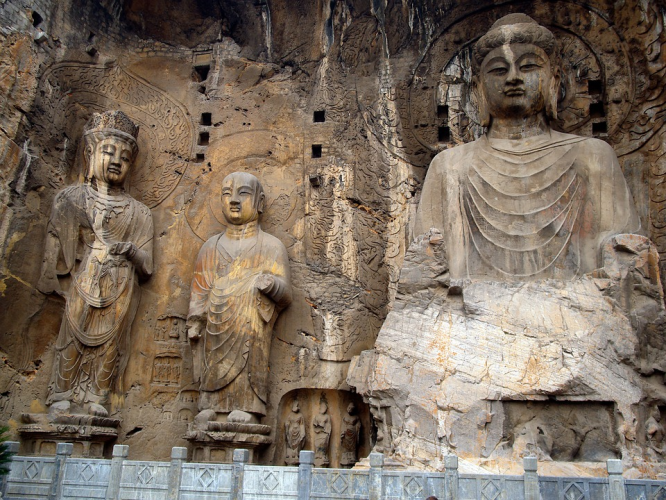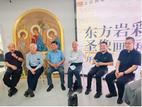Over 26 people have been arrested by the Chinese police for allegedly stealing relics from an ancient burial site, August 19, 2018.
The gang behind the heist had allegedly seized almost 650 objects, including gold and silver cutlery and jewelry, from the Dulan Tombs, which lie on the ancient Silk Road in northwest China.
On the other hand, according to the Chinese Ministry of Public Security, the stolen items date back to the 7th Century.
The suspects allegedly tried to sell them for about $11m (£7.8m).
Reports stated that the objects were said to have been illegally excavated from the tombs, located in the north-western province of Qinghai.
Silk, gold, silver, bronze ware and other items have been unearthed at the tombs, of which there are more than 2,000, since 1982.
Experts believe that many of the items are of enormous historical value as they show cultural exchanges and interactions between East and West during the early Tang Dynasty (618-907).
Following the arrests, police will increase their crackdown on cultural relics crimes to better protect the country's cultural heritage, the Chinese government said.
Tang Dynasty
The rise of the Tang dynasty in China mirrored the rise of the Han Dynasty over 800 years earlier. Like the Han dynasty before them, the Tang dynasty was created after the fall of a ruthless leadership. And like the Han before them, the Tang dynasty had their own powerful leader, Emperor Tai-tsung.
The first emperor of the Tang dynasty, Kao-tsu (618-626 C.E.), continued many of the practices used during the Sui dynasty. He granted equal amounts of land to each adult male in return for taxes and continued the trend of local government rule. Kao-tsu also created a monetary system of copper coins and silk ribbons. He wrote a set of laws, revised every two decades that lasted into the Ming dynasty of the 14th century.
One of Kao-tsu's sons, General Li Shih-min, succeeded in eliminating all political rivals of the Tang and established firm control of the Tang dynasty over the newly reunified China. He then proceeded to murder his brothers, and forced his father to abdicate the throne to him. Preferring his temple name, Tai-tsung took the throne in 626 C.E.








